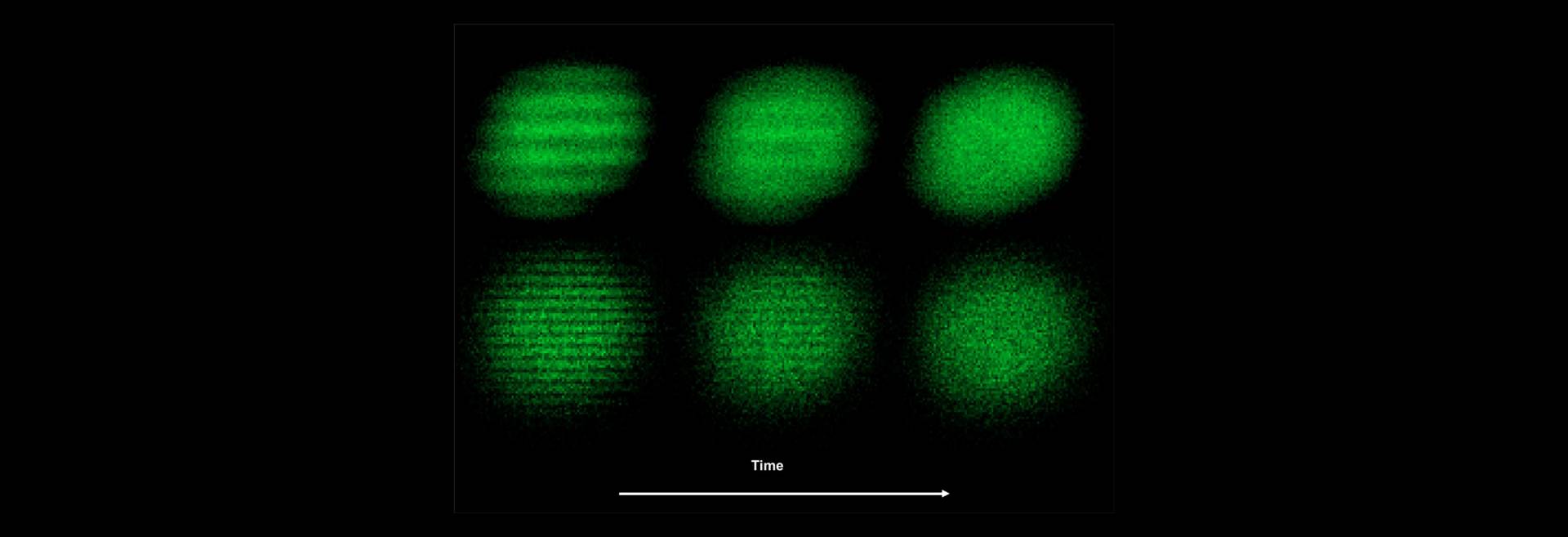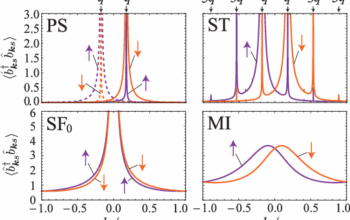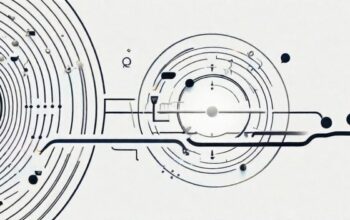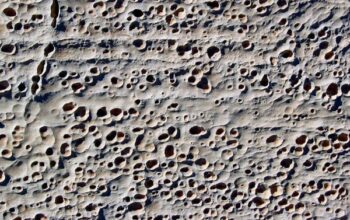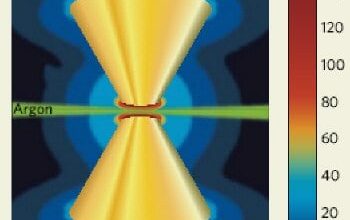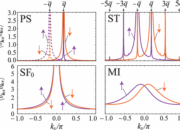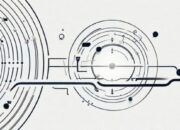Laser traps offer a fascinating approach to manipulating atomic and subatomic particles, specifically electrons, by leveraging the properties of light. This manipulation has profound implications for our understanding of quantum mechanics, condensed matter physics, and the future of quantum computing. However, a playful question arises: can we truly hold electrons still with light? Or do the very principles of quantum mechanics preclude us from achieving absolute stasis? Addressing this challenge requires a comprehensive exploration of laser trapping, its underlying principles, and its ramifications in modern physics.
At the heart of laser trapping technology lies the interaction between light and matter. When a photon—a quantum of light—encounters an electron, various physical principles are at play. Photons can impart momentum to electrons, a phenomenon described by the photoelectric effect. This interaction lays the groundwork for optical trapping, where photons exert forces that can counterbalance the natural thermal motion of electrons. The essential technique involves using laser beams, which produce a gradient in the electromagnetic field, allowing for precise control over the motion of charged particles.
The most widely recognized method of laser trapping is optical tweezers, which can elegantly manipulate microscopic particles. Optical tweezers utilize the momentum transfer from photons to create a potential well, where the forces of light can confine particles to a specific location. The underlying physics involves the balance of radiation pressure and central force fields caused by the light’s wavefront curvature. This elegant interplay can, theoretically, fashion a trap sufficiently stable to contain atoms or ions for extended periods. However, the challenges escalate when we consider the complexity of electron dynamics in such traps.
Electrons reside in a perpetual state of motion governed by the Heisenberg uncertainty principle, which dictates that achieving complete positional certainty for these particles is inherently impossible. Rather than holding electrons completely still, laser traps provide a means of substantially reducing their motion. The energy levels within an atom dictate that electrons will constantly occupy various states, leading to fluctuations in their positions even within a laser trap.
To counter these effects, physicists often employ laser cooling techniques. The Doppler effect becomes an instrumental concept here; by tuning laser frequencies to interact with preferentially moving electrons, we can reduce the overall kinetic energy of these particles. As the Doppler shift alters the photon energies, photons emitted by the laser can decelerate an electron’s motion when they collide, thereby effectively cooling the system. Consequently, the entropic contributions leading to motion are minimized, allowing for an arrangement where electrons can be localized more consistently.
Laser traps and cooling techniques open exciting avenues in numerous domains, particularly in quantum computing and superconducting materials research. In quantum processing, confining electrons within traps is conducive to the quantum state manipulations necessary for qubits. The ability to isolate and control the quantum states of electrons through laser trapping enhances our capacity to build reliable and efficient quantum computers. Beyond this, advancements in understanding and controlling electron behavior may yield insights into superconductors—materials that exhibit zero electrical resistance and expulsion of magnetic fields at certain temperatures.
Your mind might wander to the implications of these technologies—if there exists a means to manipulate and understand electrons continuously, what could this mean for the classical distinctions we draw within solid-state physics? The synthesis of complex materials with manipulated electron behaviors might lead to breakthroughs in energy efficiency or novel communication technologies. However, imperfect knowledge and uncertain behavior inherent in quantum systems challenge us to ponder: are we genuinely in control, or are we mere spectators in a realm defined by probabilistic outcomes?
Theoretical investigations have probed the depths of lasing mechanisms and the interplay between electron behavior and lattice structures in superconductors. More specifically, research into non-traditional superconductor architectures has examined how laser fields can create conditions conducive to Cooper pair formation—essentially pairs of electrons that can move through a lattice without resistance. This area of study underscores the fact that while laser traps can restrict the movement of electrons, the interaction with the broader environment remains a pivotal part of understanding their collective behaviors.
As we delve deeper into the intricacies of laser trapping and manipulation, we are reminded that the boundaries of contemporary physics are ever-evolving. Harnessing the capabilities of lasers not only provides a pragmatic toolkit for examining electrons but also invites philosophical questions concerning our perception of reality in the quantum framework. Whether or not we can attain a true arrest of motion may become less significant than the discoveries that spring forth from our attempts to approach this seemingly elusive ideal.
In conclusion, while we may not be able to hold electrons absolutely still with light, the intersection of laser technology and quantum mechanics presents a rich tapestry of opportunities for exploration and innovation. Researchers continue to challenge the limits of our understanding, paving the way for breakthroughs that may redefine the fundamental tenets of physics. As we navigate these uncharted waters, embracing both the playful questions and theoretical challenges will ensure that the journey remains as exhilarating as the destination.
